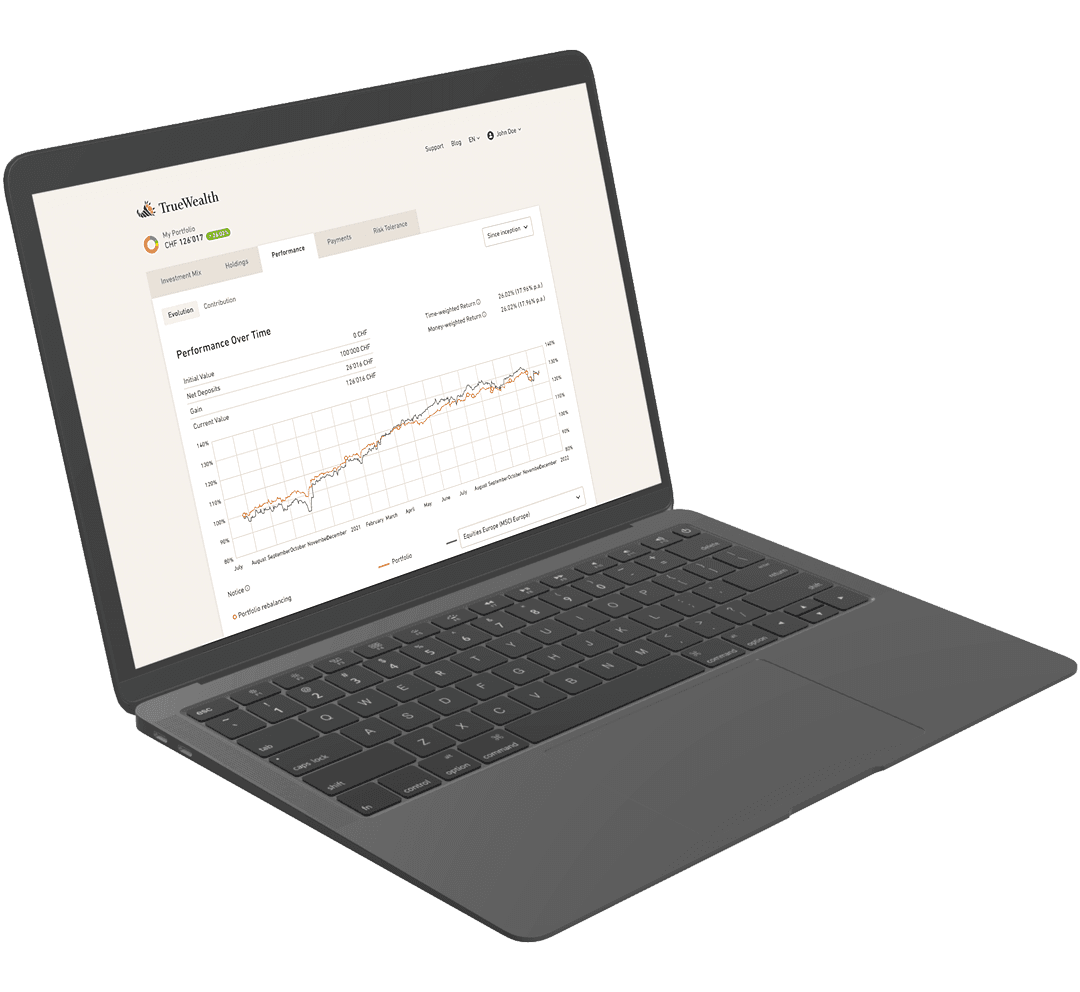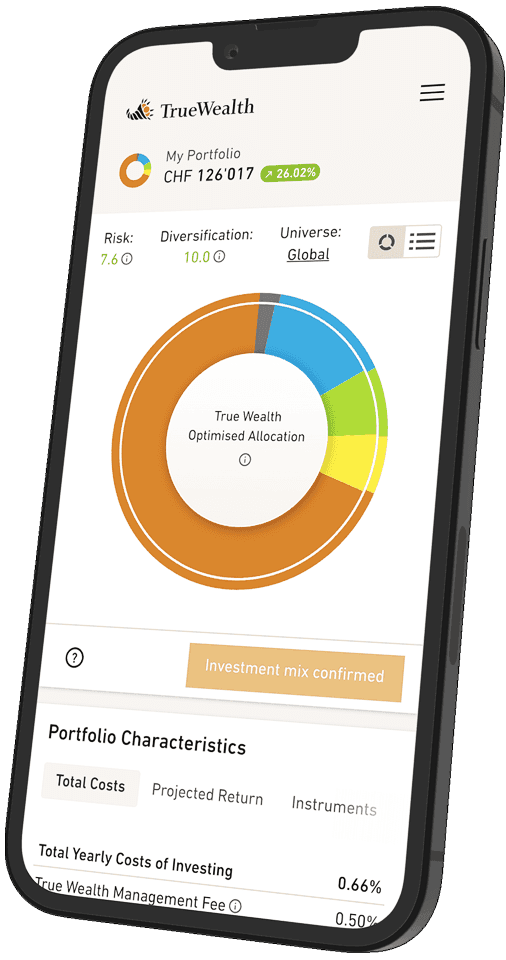
The Best Place To Learn About Relaxed Investing Is on the Beach
Are you going to the seaside for the summer holidays? There you can learn how to invest in a much more relaxed way.
When you look out to sea, the view only ends at the horizon. On land, you lack this overview. You can only see as far as the next headland. But what happens after that? Is there another beach behind it? Or a rocky stretch with a number of cliffs and a roaring surf between them?
It's hardly any different on the stock exchange. What comes after a long, gentle rise? Wild fluctuations? The long-overdue correction? Or just a short pause before the stock market continues to soar?
Over millions of years, the back and forth of the water has shaped the coast. Sand has been washed away here and washed up again there. And with its mighty power it has eroded large rocks. Each of these many forms is completely unique. But as a whole, all these forms are actually quite similar (Mathematicians call this fractal geometry).
Risk-Free Profits?
The same picture as on a map can also be found on a short-term chart. Fractal geometry, zigzags everywhere, not a single section where you can see a line as you would draw it with a ruler – or with a predictable curvature. If it did, then it would be much more helpful: Because then the future could be calculated. And future profits would be available without risk.

Nevertheless, that's exactly the kind of predictions that some try to make. For hundreds of years, traders on the stock markets have been aiming for short-term gains. As soon as they have a faint inkling of how the price will develop around the next bend, they place their bets. Individual players are occasionally successful. But in the aggregate, no one makes a profit. In the end, everyone only contributes to the ups and downs becoming even wilder. This is the core statement of the Efficient Market Hypothesis formulated by Eugene Fama in the 1960s. Since stock exchanges have gone increasingly electronic, human traders are becoming rarer. More and more, they are being replaced by high-frequency hedge funds now trading with their algorithms in nanosecond cycles. The ups and downs are therefore also getting faster and faster.
So should we, in the best case, take a holiday from the stock market forever?

When we zoom out a little further from a map, we start to see the true coastline. Likewise on charts of stock market prices – only this time on a longer time frame. From a bird's eye view, a pattern suddenly emerges behind all the zigzagging. From 1871 to 2014, the broad American stock index S&P 500 has risen. This is because – apart from short-term fluctuations – in the long term the value of companies grows in line with the growth of the economy.
Relaxed Long-Term Investing
We want to offer you this long-term view for your assets. We believe that professional asset management should bring you closer to your goal of growing your assets in a relaxed manner. No need to worry about short-term fluctuations. Simply switch to a bird's-eye view with True Wealth.
With this in mind, we wish you a wonderful holiday. And we hope that you bring a lot of peace and serenity into your everyday life. As far as your wealth is concerned, we will be happy to help you.
PS: We still owe you some answers. Neither of the pictures in this article are from Tenerife. Both show sections from the S&P 500 (Source: Yale University, Robert Shiller).
Links
- Historical stock market data collected by Robert Shiller, Yale University
About the author

Founder and CEO of True Wealth. After graduating from the Swiss Federal Institute of Technology (ETH) as a physicist, Felix first spent several years in Swiss industry and then four years with a major reinsurance company in portfolio management and risk modeling.

Ready to invest?
Open accountNot sure how to start? Open a test account and upgrade to a full account later.
Open test account